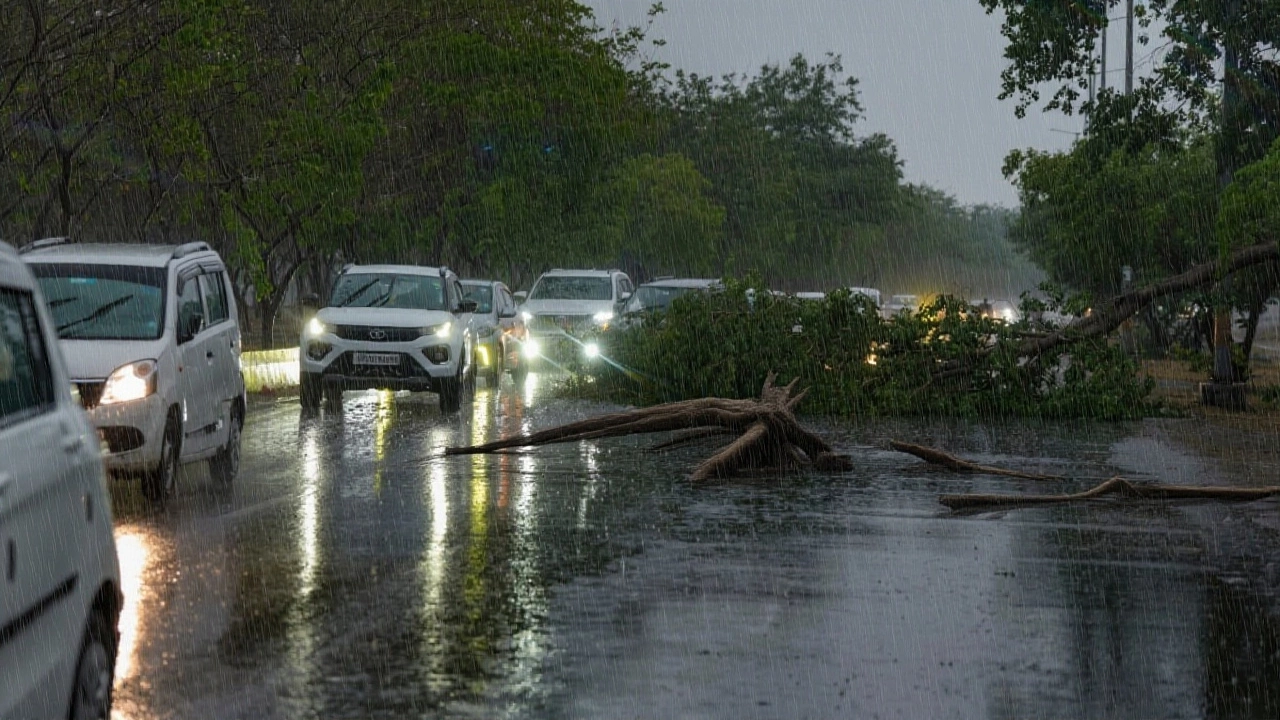India Meteorological Department – Your Source for Weather Forecasts and Alerts
If you’ve ever wondered why a sudden downpour hits just when you’re about to step out, thank the India Meteorological Department (IMD). This government agency watches the sky, reads the clouds, and translates complex data into everyday weather updates you can trust. From daily temperature predictions to life‑saving cyclone warnings, IMD’s job is to keep you prepared, no matter where you are in India.
What IMD Does for You
IMD runs a network of weather stations, radars, and satellites that feed real‑time information into sophisticated models. That data turns into three main services: short‑term forecasts (up to three days), extended forecasts (up to a week), and severe weather alerts such as cyclones, thunderstorms, and heatwaves. The department also issues agricultural advisories, which help farmers decide when to sow or harvest, and aviation bulletins that keep flights safe.
How to Get Accurate Weather Updates
Getting IMD’s forecasts is easier than you think. The official website provides a clean dashboard where you can type your city or pin code and see temperature, rainfall probability, and wind speed instantly. Mobile users can download the “IMD Weather” app, which pushes alerts straight to your phone when a cyclone approaches or a heavy rainstorm is expected. Many local TV channels also relay IMD’s bulletins, so you’ll often hear the same information on the news.
One practical tip: always check the “Rainfall Outlook” before planning outdoor events. IMD releases a 24‑hour and 48‑hour rainfall map that shows which districts are likely to see heavy rain. If the map highlights your area, consider a backup plan. Similarly, during the monsoon season, keep an eye on the “Cyclone Tracker” – it shows the current position, speed, and predicted path of any tropical storm in the Bay of Bengal or Arabian Sea.
Beyond day‑to‑day weather, IMD maintains a massive climate database that researchers use to study long‑term trends like rising temperatures or shifting rainfall patterns. This data helps policymakers design better water‑management strategies and informs disaster‑risk planning for cities prone to flooding. If you’re a student or a data enthusiast, you can request historical weather records through the department’s online portal.
In short, the India Meteorological Department is more than just a forecast agency – it’s a safety net that blends science with practical advice. By checking IMD’s website, app, or local news regularly, you’ll stay ahead of the weather and make smarter decisions for work, travel, and home life. So next time you hear a thunderstorm rumble, you’ll already know what IMD says about it, and you’ll be ready to act.

IMD Issues Red Rain Alerts for Gujarat as Heavy Storms Sweep East India
IMD warns of red rain alerts for Gujarat's Gir Somnath, Junagadh and Porbandar districts as a Bay of Bengal depression brings heavy storms to East India, while Maharashtra faces light showers.
read more